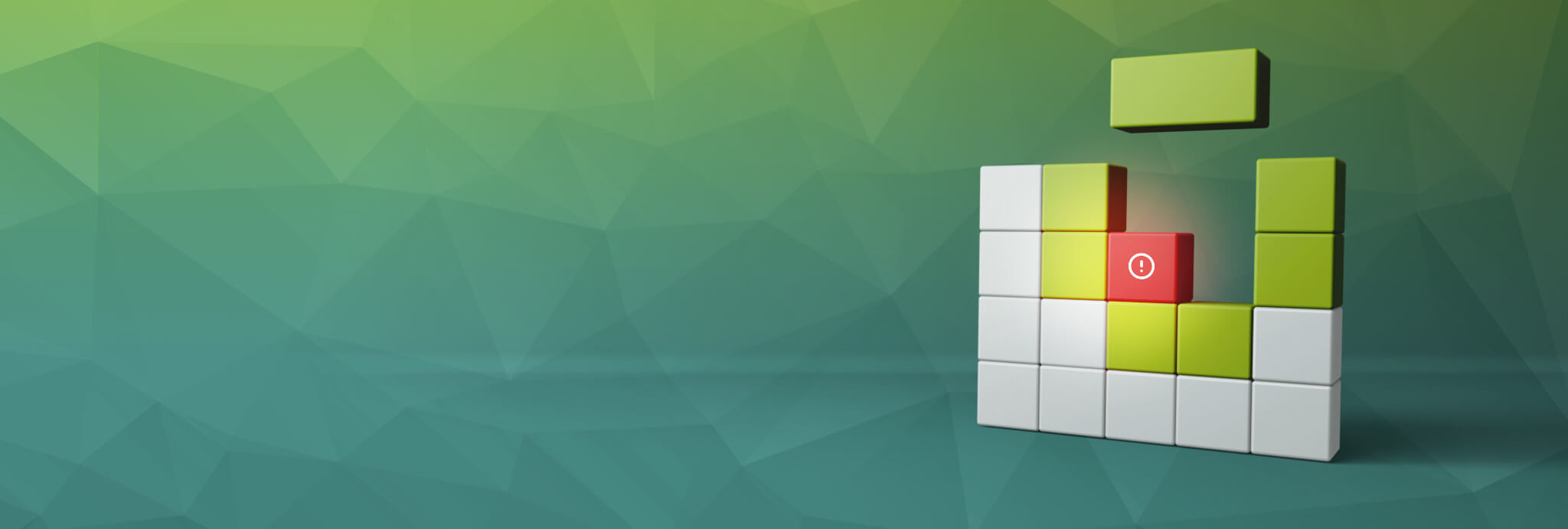Clash detection is a crucial step in product development to ensure that different components or component groups of a product do not collide or overlap unexpectedly. The check helps to recognise potential geometric problems at an early stage, thereby safeguarding product quality and avoiding costly errors during the development process. The technological foundations include specialised software and powerful algorithms to calculate the collision-free nature of parts within a system and identify potential conflicts. This analysis enables engineers, constructors and designers to develop effective solutions so that the product can later be assembled without conflicts or errors.
The integration of clash detection enables efficient process optimisation by ensuring that products are delivered on time and within budget. This integration into existing development processes can be achieved in a number of ways. Firstly, it is important to educate the relevant teams and employees about the importance and operational added value. Then, specific process steps should be defined to integrate clash detection into the development workflow, such as defining test times during development or defining the tasks in the team. Finally, it is important to implement a suitable software solution such as Quality Monitor.
Clash detection is already established in various industries such as automotive or aerospace: their purpose is always to uncover undetected collisions or bottlenecks so that the product fits together flawlessly in the end and necessary functional clearances, e.g. for heat transfer or movements, do not lead to problems during operation.
Technological expertise meets practical experience: invenio Virtual Technologies (invenio VT) ensures a conflict-free virtual product with its solutions in the field of collision testing. All interfaces (contacts, overlaps or distance violations) between the components are analysed and examined for problems. In addition to the static clash detection, invenio VT also offers a dynamic clash detection to detect conflicts quickly and reliably, even during movements. In both use cases, the focus is on analysing 3D data and large volumes of data (big data).
The leading algorithms for clash detection from invenio VT are always combined with technical system support, such as Quality Monitor. The neighbourhood search determines all neighbouring components and identifies which component has a relationship with another component. Inheritance ensures that relations that have been evaluated once are not submitted again unless they change.
The experts analyse the calculation results and decide together with the responsible designers on the customer side how the geometric conflicts can be resolved. The end result is a collision-free product, clearances are maintained and the current maturity level of the product is correctly displayed on a daily basis. invenio VT's own artificial intelligence provides the decisive added value.
The process that accompanies development ideally comprises four relevant modules:
-
PDM system: Storage of the CAD data to be evaluated – usually by the client – in a PDM system
-
Geometry checking software (Quality Monitor): direct access to the data (CAD and structure) and calculation of the relationships between the components
-
Results management: logical and meaningful display of the relations with documentation after the visual inspection
-
Visualisation tool: manual inspection, evaluation and subsequent documentation in the results management tool
Frequently Asked Questions about Clash Detection
Clash detection is a process used in product development to check whether different components of a virtual model conflict with each other, e.g. due to overlaps or insufficient distances.
It is crucial for quality assurance in product development. Ultimately, integrating clash detection into the development process enables effective error detection and correction, resulting in improved product quality, shorter development times and lower costs.
It is widely used in various industries, including automotive, aerospace, mechanical engineering and shipbuilding.
There are specialised leading software solutions such as Quality-Monitor, which are used for clash detection of large amounts of data in combination with PDM (Product Data Management) systems.
The individual CAD data is assembled into a virtual product in a PDM system, then the geometry checking software calculates and analyses the data and identifies relationships or potential problem areas between the components.The results are then analysed by experts and tracked as part of results management.
The biggest challenges include handling large amounts of data for complex products, efficient evaluation and avoiding recurring results of geometric relationships. This means that assessments that have already been carried out should only be presented to users again if something has changed in the geometric conflict. Using high-performance, intelligent algorithms, we offer the right solutions and answers to these challenges - please get in touch with us.
Yes, the clash detection process can be automated, especially data collection, data calculation and data analysis. Manual checking and evaluation by experts is still widespread. This is often very time-consuming, especially with large amounts of data. With the help of artificial intelligence, the manual effort can be significantly reduced.
It can speed up the development cycle by identifying errors at an early stage and enabling corrections to be made, which contributes to products being ready for the market more quickly and reduces costs.
If a clash is detected, designers and engineers work together to find a solution, whether through design changes or adjustments to the positioning of the affected components.
A live clash detection constantly monitors all design changes and reports as soon as a conflict arises.
Would You Like to Find out More about Clash Detection?

Michael Pretschuh will show you our solutions in dialogue and address your needs.
- Personal contact person
- live or via video call
- clarify all your questions directly

